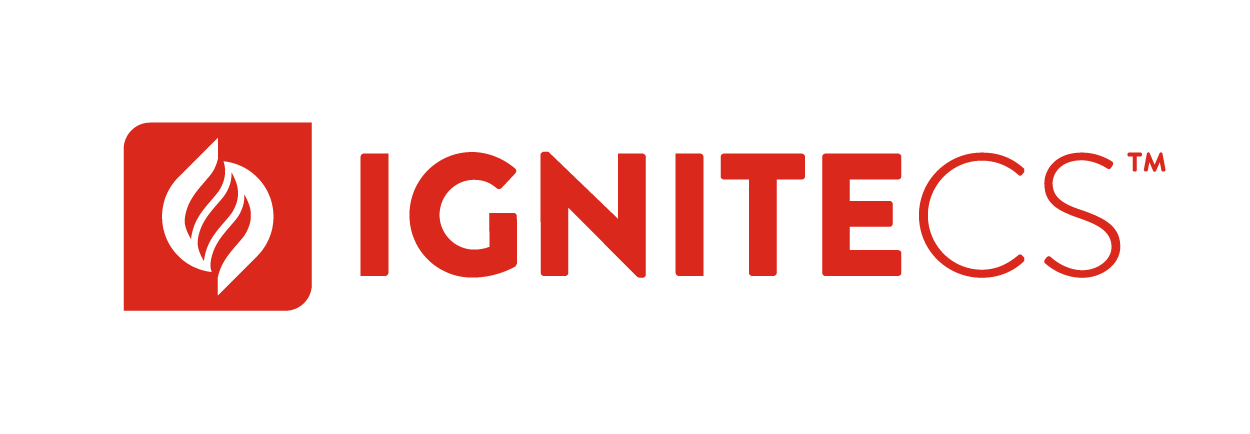Regardless if you are a seasoned F&B veteran or new to the industry, trend analysis is one of the most important tools you can leverage to effectively develop and roll-out an LTO and boost profitability.
Below are Key steps to help you get started:
- Identifying trends can help you recognize opportunities.Working in the fast-paced world of food and beverage service and keeping on top of the most current industry trends can be challenging. As Operators and Creatives there is a lot of industry and company data to keep in your head all while trying to run a successful business. Annual programming becomes a strategic part of your product planning but you also must consider Limited Time Offer’s (LTOs).LTOs can come in the form of menu news, testing products, boosting brand awareness and even creating marketing buzz and excitement. It’s an exercise in finding new and unexpected opportunities to leverage. The LTO power for driving sales can be a game changer, that is if the effectiveness of the LTO is solid and planned out just right. But this doesn’t come overnight; the success is determined by the analysis that goes into planning and execution. Understanding the trends can help build the loyalty within an organization from the top down to staff who are responsible for executing said programs. Understanding and supporting the end goal is the start to focusing those efforts.
- Analyze what’s driving the trends. Ongoing competitive research and menu analysis play a large role in the strategic road map for promotional plans. Trends have a direct impact on an LTO’s performance and are important figures to measure before, during and after a campaign to determine success rate or make adjustments on the fly during a campaign. Focus on analyzing two types of trend during the development and evaluation of an upcoming LTO:Internal Trends:
- Directly related to the internal organization’s Profit & Losses (P&Ls) and are extremely important factors in the development of an LTO
- These factors include evaluation of the following: Average Sales, Cost of Goods (Point of Purchase & Product), Product Mix, Beverage & Food Cost Percentage, Trial Assumptions, Promo Price Points, ROI, Overhead, Cash Flow and Gross & Net Profit
External Trends:
- Knowledge and R&D you gather from industry data (Mintel, Technomic, Adult Beverage Insights Group Menu Monitor, Co-Pilot, etc.) that plays a role in the selection process of your LTO theme, decisions, menu offers, price points, seasonality tests, social media connectivity, 4-walls programming, 360 coverage and new product launches
- Consumer drivers related to external data includes, but is not limited to: Craft/artisan appeal, flavors in use, health & wellness, authenticity, premiumization and sustainability
- Understand how trends fit in your development. At ICS we never take a cookie cutter approach to our work and we suggest the same thing of our client development as well. In order to produce stellar results, we must always strive to understand the demographic and geographic nature of the audience, the competitive set, external noise and seasonality. Since we are compensated by delivering the how, we are careful to collect all of the necessary information that answers that question, thereby developing a comprehensive strategic approach to any and all programming we develop. Each organization is comprised of an array of unique individuals that not only utilize their industry experience but call on personal experiences to bring broad insight, expertise and creativity to each and every project. These personalities are what set us as well as your organizations apart in both creativity and passion.
- Track trends. Focus on penetration or impact of the campaign and consumer acceptance. Can we measure the categories performing well to consider duplicating their success? Can the categories be evaluated when underperforming for areas of opportunity? And do we have solid evidence to provide an informed decision on the ROI impact? The beginning of each project should include a clear measurable objective. Assess each campaign upon completion and a results evaluation and scorecard should be evaluated on a quarterly basis. Ongoing analysis contributes to the strategic direction and overall success of an LTO. Key Performance Indicators (KPIs) – make a good starting point for regular trend analysis. When choosing which KPIs to track and review for trends, look for factors that drive sales figures, costs and cash flow. For example, when reviewing sales, monitor the figures that drive the scores happening in your business, such as:
- Scorecard of Products Selling Well
- Assess Priority Products With The Best Margins
- The Performance/Efficiency Of Staff
- Customer excitement and adoption of ideas/program
By monitoring performance over an extended period of time, you can establish useful insight on the trends and then use this data to refine decisions and strategies. Moreover, trend analysis will help reveal trends in your business’s performance that aren’t necessarily obvious from day-to-day performance figures. However, analyzing a single trend is rarely useful, but when trend information is combined with other business observations and data, it can be a powerful tool for business decision-making and successful LTO development.
This is part two of a 5 part series on How to launch a successful Limited Time Offer (LTO).
Part One: Accurately Identifying & Targeting Your Audience
Part Two: Understanding Trends & How to Use Them
Part Three: Creative Concepts
Part Four: Execution & Launch
Part Five: Review & Results

